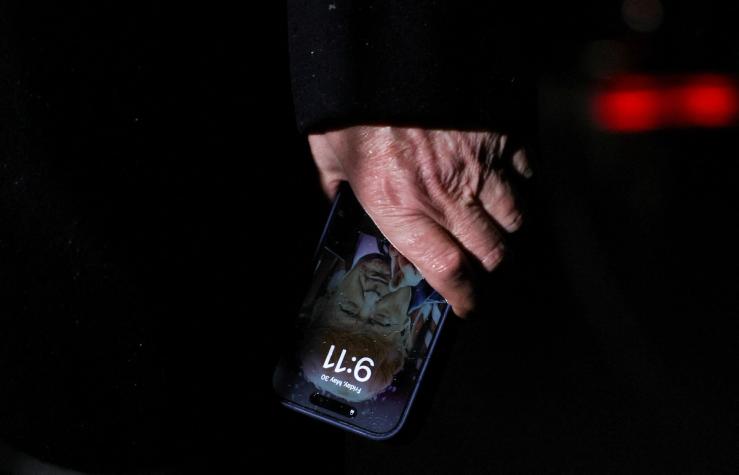The News
One of the (many) things that made Donald Trump different from other presidents in his first term was his direct access to information from TV and, particularly, Twitter. He was liberated from the prison of the presidency, in which aides had long controlled paperflow and steered the executive by controlling his access to news and opinion.
But in Trump’s second term, both allies and critics of the president have begun to fear that he is no longer swimming in the currents of the American conversation — currents that have, in the meantime, grown even murkier and more perilous for the rest of us.
Now the president scrolls the adulatory Truth Social rather than the more diverse X; watches a Fox News that is comfortably pro-Trump as well as new MAGA channels; and gets much of his view of the world from a better-oiled operation that’s fronted by an aide with an iPad and printed summaries.
The effects of his filtered, partial view of the landscape are becoming clear across the spectrum. The New York Times reported last week that Trump was “blindsided” when New York’s governor told him the administration had cut spending on law enforcement; the move was quickly reversed. Allies on the right campaigning for a federal crackdown in Portland were disturbed when Trump said he’d told Oregon’s governor in late September, “Am I watching things on television that are different from what’s happening? My people tell me different.”
US business leaders also worry that Trump is not getting accurate and unmediated economic information beyond stock market figures. The Wall Street Journal reported Sunday that Trump’s advisers, “rather than dwell on shaky economic data, have painted a rosy outlook.”
“A lot of pertinent information gets kept from the president,” said the pro-Trump independent media figure Laura Loomer, who persuaded Trump to purge the National Security Council in May. “I’ve seen that in the way I’ve had to take a more aggressive approach.”
“There’s definitely a screen around him — he’s lacking basic information,” said another outside Trump ally.
One person close to White House staff’s efforts to keep the president informed acknowledged that his information diet has narrowed since the first term. But they noted that he remains a voracious consumer of mainstream as well as partisan media, from the Times and Washington Post to late-night C-SPAN.
But this White House is, in some ways, rebuilding the 20th-century model, in which powerful and faceless aides steered executives by controlling paperflow. In Trump’s case, the key to influence is direct access to his executive assistant Natalie Harp, dubbed the “human printer” during the campaign. Conservative media figures and Trump allies text clippings, X posts, and videos directly to Harp in an unending stream of would-be influence.
Social media spaces are increasingly closed and personalized; where random Twitter figures could bring their ideas to the president in 2018, now only the most manic — Loomer, the MAGA legal figure Mike Davis — cut through, and benefit.
Aides also print summaries of media commentary and stacks of articles on Trump’s actions for the president to peruse, according to a person who’d seen one. (Trump will sometimes add his reaction and send it back to the source.)
In this article:
Ben’s view
When it comes to the difficulty in figuring out what the hell is going on out there, we are all, in some sense, Donald Trump.
This combination of information overload and deeply polarized media is, in fact, why we launched Semafor. Now the podcast era produces orders of magnitude more hours of political commentary than any human can consume.
And Trump, like many Americans, is seeking to counter the information chaos. He grumbles in public when Fox lets Democrats on. And he’s trying to escape his staff’s control by going to the source and relying on word of mouth.
Perhaps the most important stream of influence on the president is his endlessly rolling call list — to old friends and world leaders, and often to the CEOs of US companies, from old allies in the real estate business to new ones like Meta CEO Mark Zuckerberg.
Those figures have their fingers on the pulse of big American enterprises; they also, of course, have business before the president.
Room for Disagreement
The White House has argued in public that Trump remains closely in touch with voters.
“The president since entering politics has showcased a unique way of having his finger on the pulse of the American public,” Harrison Fields, a now-former White House spokesman, told NBC in June. “He stays connected through multiple public appearances in Middle America, reading correspondence, being a consumer of the news, and inviting everyday Americans to the White House and to campaign events.”


